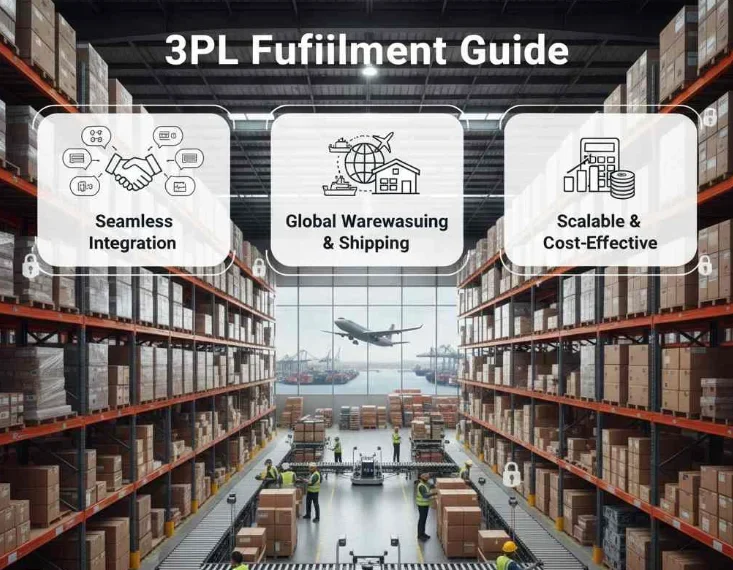The existing methods of conducting commerce are evolving, with the DPE being introduced as the new business model.
DPE is defined as engaging highly in developing and enhancing innovative products through engineering and digital techniques.
This is a process in which multiple digital tools and methodologies are integrated to achieve a solution that meets consumers’ and businesses’ new requirements.
The following article will highlight the seven key digital product engineering business trends.
1. Enhanced Customer Experience through Personalization
Enhancing customer experience through customization is widely sought after and is being promoted as an essential objective of Digital Product Engineering.
Organizations have started adopting ML and AI data analysis to gain insights about their consumers and preferences. Because of this knowledge, companies can now design products and services that meet the wants or needs of particular customers.
For instance, most online shopping businesses use an AI algorithm to recommend products to buy based on previous browsing and purchasing patterns. Netflix and Spotify’s content recommendations for users’ past activity make consumers happier and more engaged.
By integrating DPE with businesses, firms can devise user-friendly interfaces that make client experiences less complicated and more satisfying.
2. Agile Development and Continuous Improvement
Today, the cornerstone of an organization’s or company’s development is its increasing emphasis on agility in management, and DPE is a crucial part of this process.
These days, agile frameworks offer iterative procedures and excellent cooperation, which are a popular choice for fast-track development methodologies.
A product may be updated and modified often to satisfy customer expectations and outperform competitors in the market, all thanks to continuous integration and delivery (CI/CD) methods. Big companies like Google and Amazon are great examples since they often upgrade their systems and address identified problems.
This enhances the quality of the products and gives businesses the flexibility to innovate and respond to rapidly changing markets.
3. Integration of Internet of Things (IoT)
The Internet of Things (IoT) is a significant development that DPE has impacted. In order to communicate and share data, physical systems or devices are embedded into the online environment via the Internet.
Increased corporate development and improvement prospects are made possible by this link. The Internet of Things optimizes production schedules and reduces resource waste by monitoring the condition of equipment and spotting any malfunctions before they happen.
Other household appliances like security systems and thermostats provide users even more convenience and control. IoT technology may thus be utilized to create integrated value chains that can be used to further the expansion of businesses.
4. Adoption of Cloud Computing
Digital platform era has been an integral part of cloud computing technology and DPE has been a key enabler in its adoption process.
Since cloud computing services provide the scalable and elastic infrastructure organizations require to develop and deploy applications, upfront investments in physical equipment are unnecessary.
Some technologies like microservices architecture and containerization help ensure a certain level of agility and resilience.
It is easy for companies to expand and adjust to the dynamic needs of the market. Furthermore, cloud services offer high security for data storage and enhance business continuity and data protection.
5. Artificial Intelligence and Machine Learning Integration
Cybersecurity has never been more important as companies rely more and more on digital goods and services. Secure goods are designed with security in mind thanks to digital product engineering, which incorporates security measures into the development process from the start.
Protecting sensitive data, upholding consumer confidence, and adhering to legal obligations are all aided by this proactive approach to cybersecurity. Digital product companies that put cybersecurity first are better equipped to reduce risks and counteract cyberattacks.
6. Focus on Sustainability and Green Engineering
Demand from customers and legal requirements are making sustainability a crucial component of corporate strategy.
By facilitating the development of sustainable goods and procedures, digital product engineering supports this trend.
Engineers may create goods with longer lifespans, more energy efficiency, and simpler recycling via the use of improved materials, simulation, and digital twins. Green engineering is becoming more and more popular, which benefits the environment, brand reputation, and potential cost savings.
7. Shift to Subscription-Based Models
Digital product engineering has made subscription-based business models more and more prevalent in place of conventional product sales methods.
Businesses that provide their goods as a service (SaaS) are particularly fond of this trend in software and digital services. Thanks to this change, companies may now retain stronger client connections and produce consistent, recurring revenue.
It also permits ongoing product upgrades and enhancements, guaranteeing that consumers always have access to the newest features and technological advancements.
Final Thoughts
One of the key factors transforming many sectors is digital product engineering. Businesses may maintain their competitive edge in the market by emphasizing cybersecurity, integrating AI and IoT, improving customer experiences, speeding time-to-market, and promoting sustainability.
Digital product engineering is going to have an even greater effect on the future of company as digital technologies continue to advance.
Organizations that adopt these developments will be better able to handle the opportunities and difficulties presented by the digital era.









